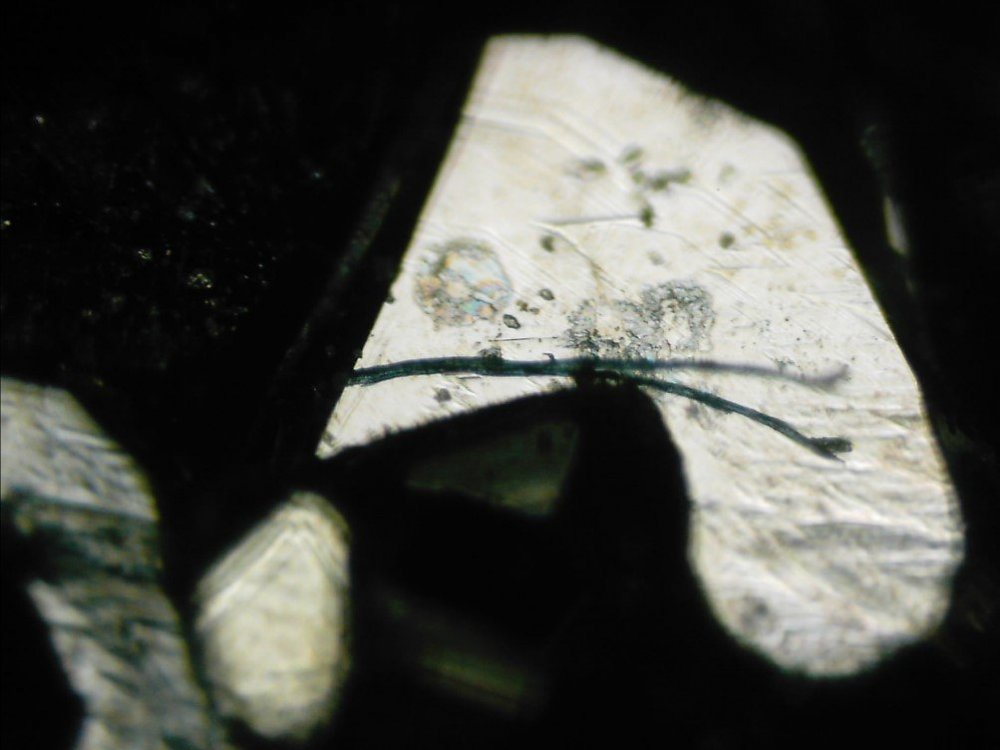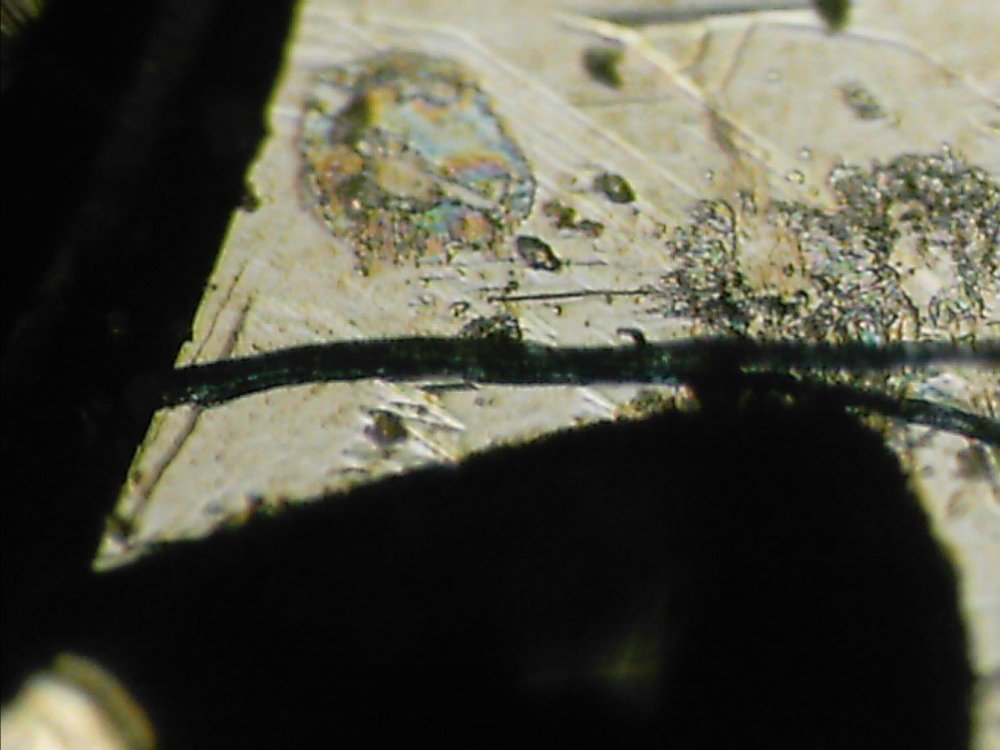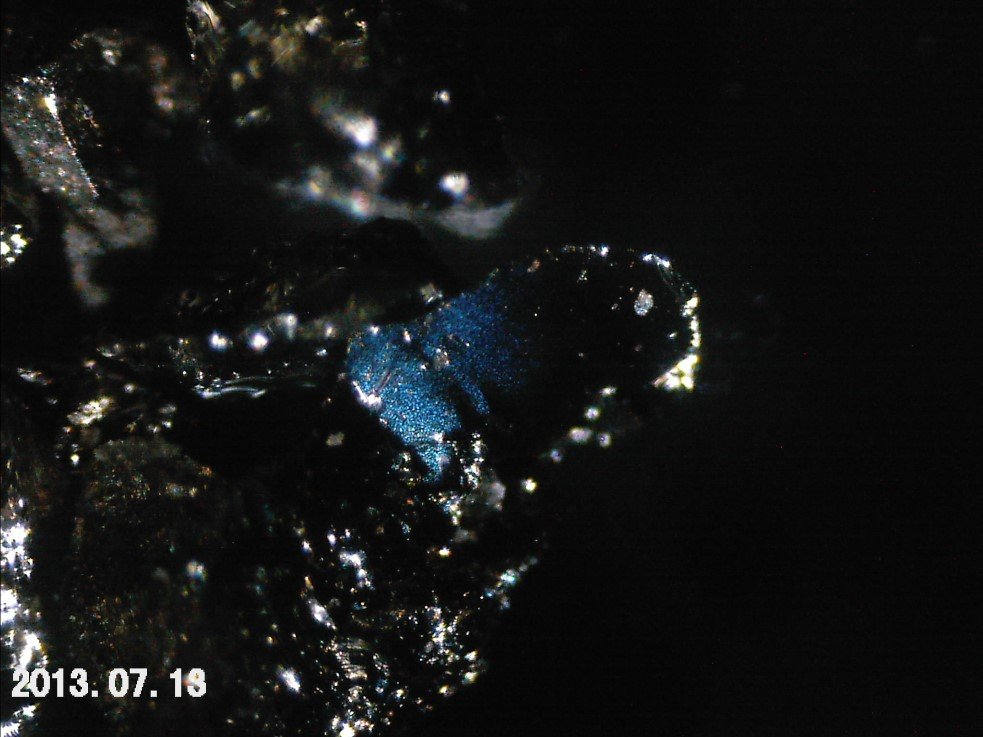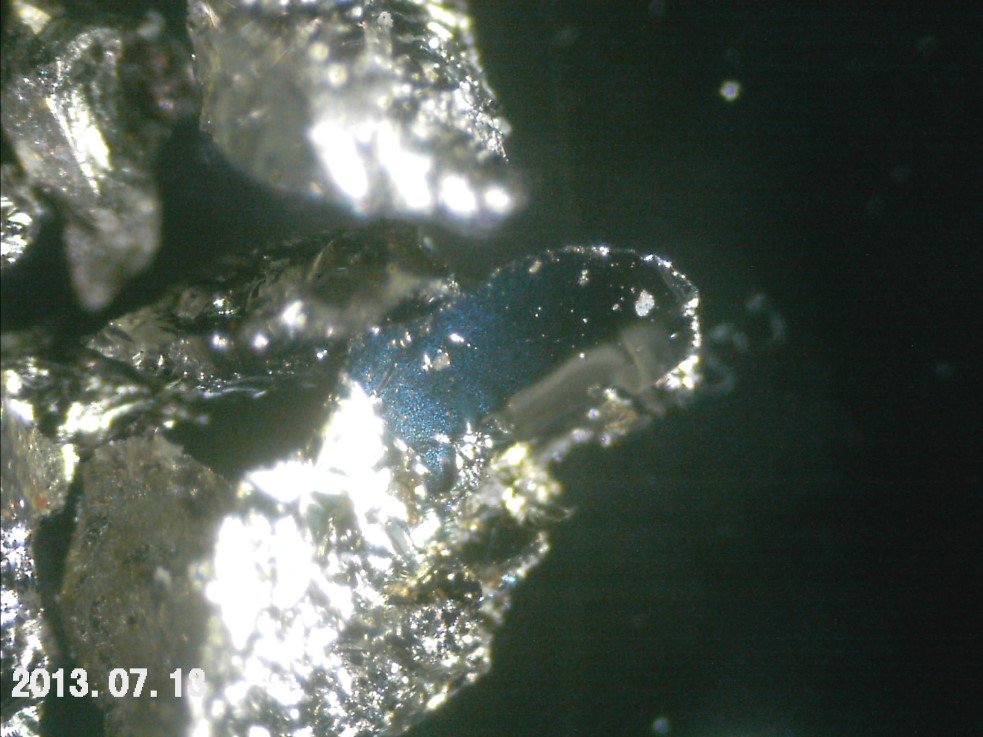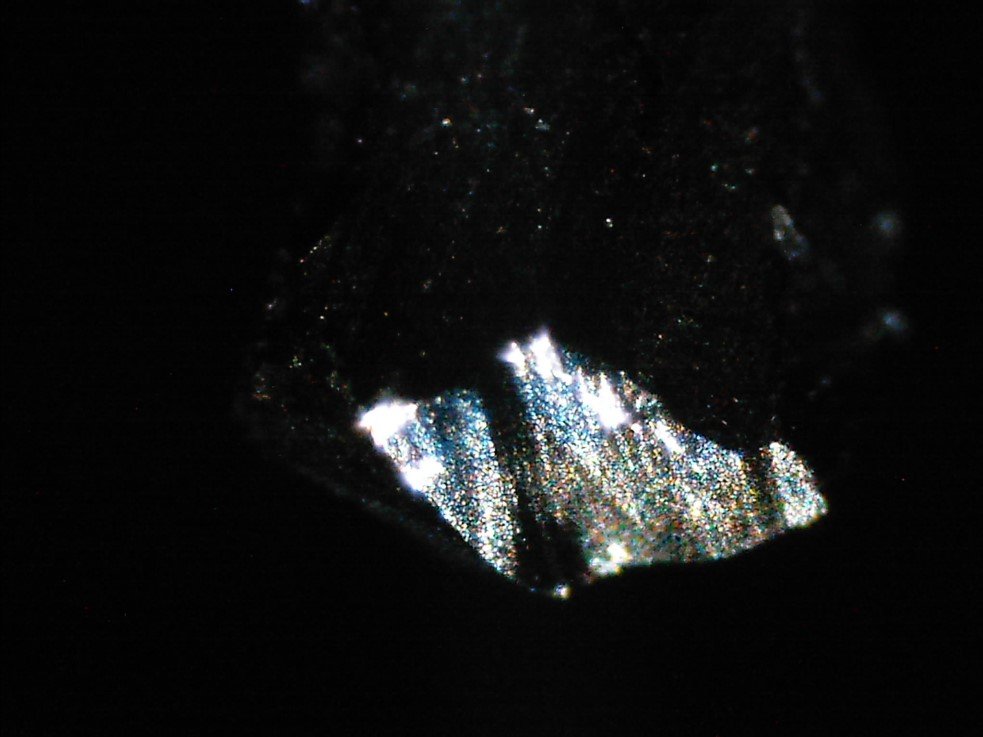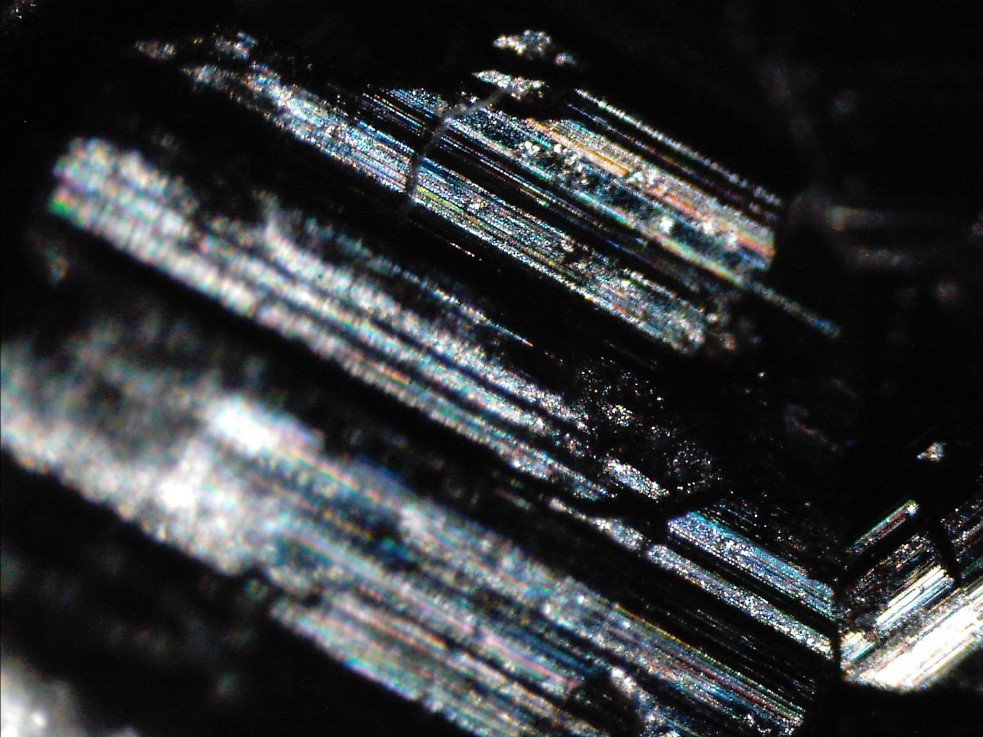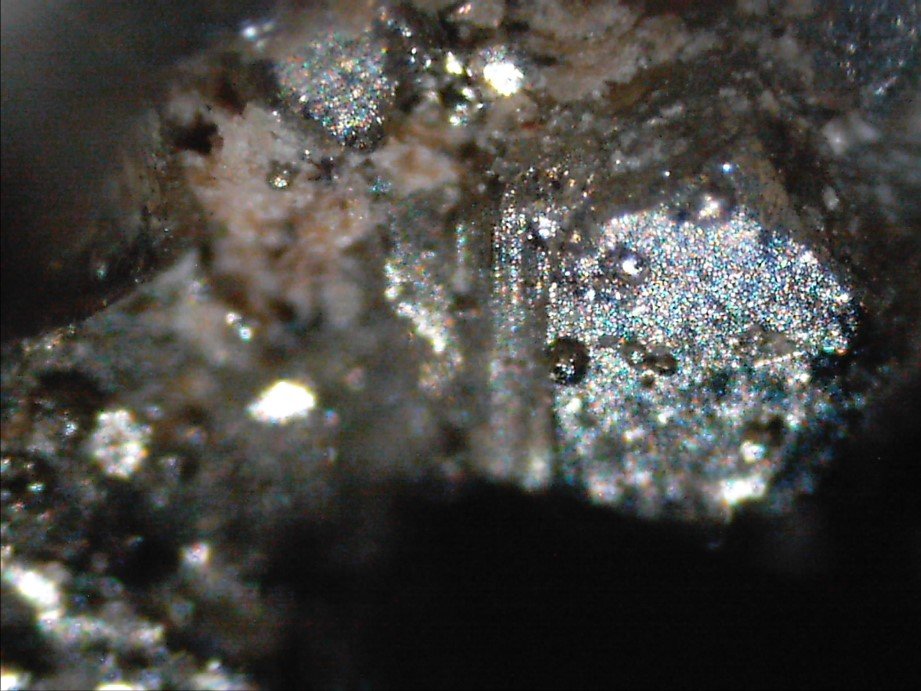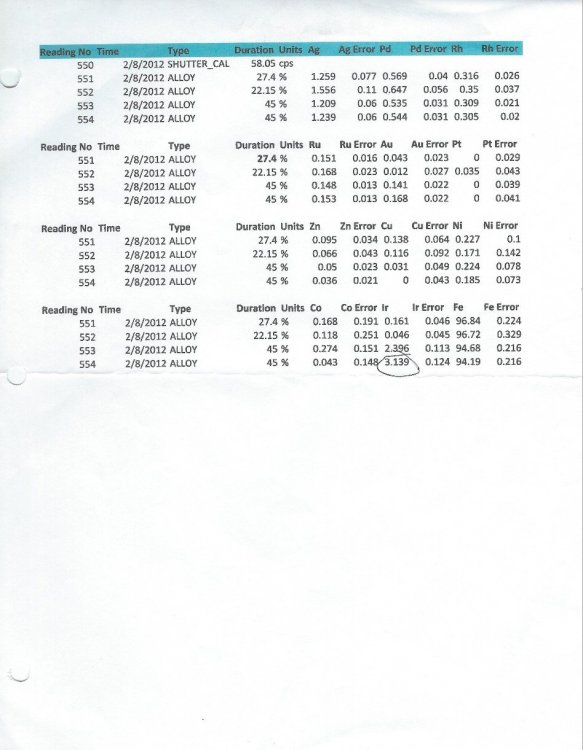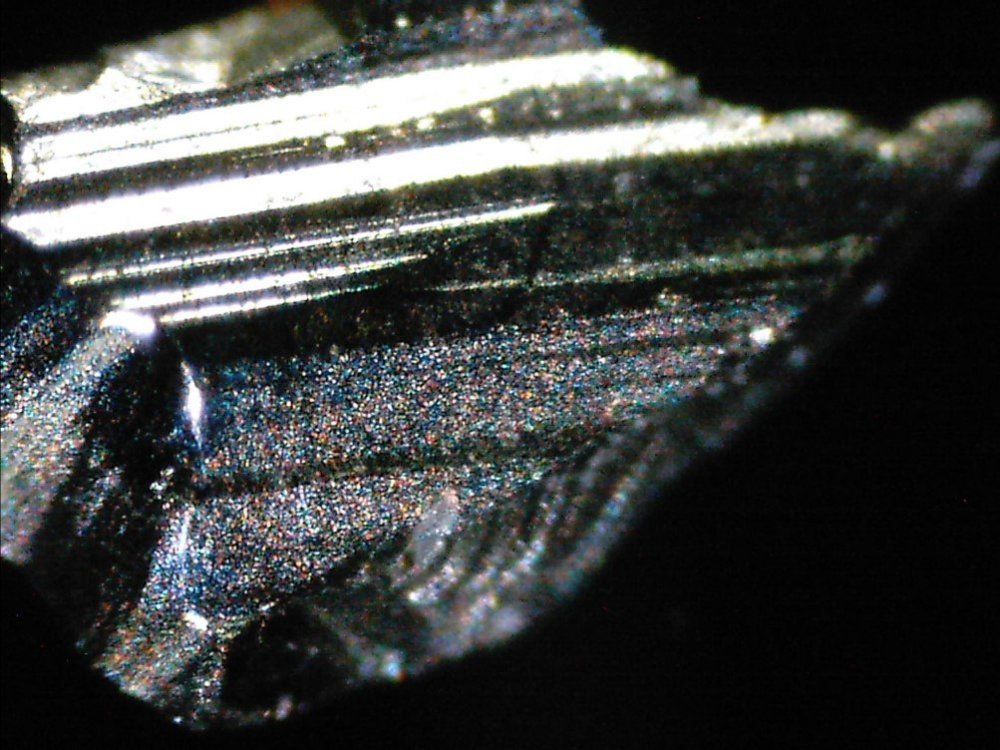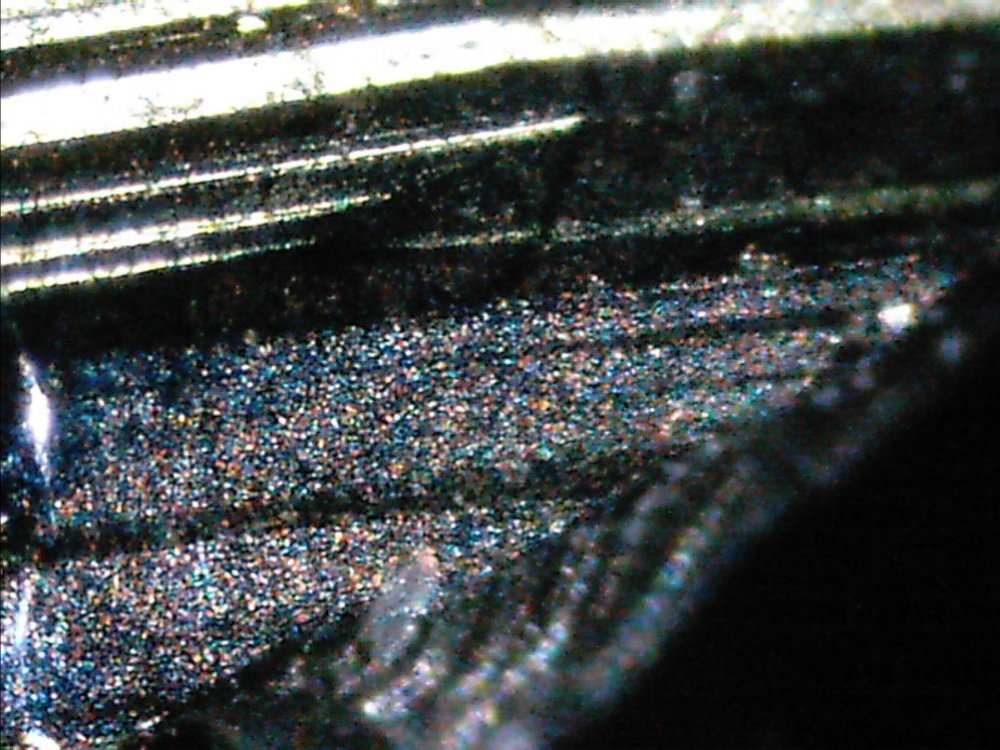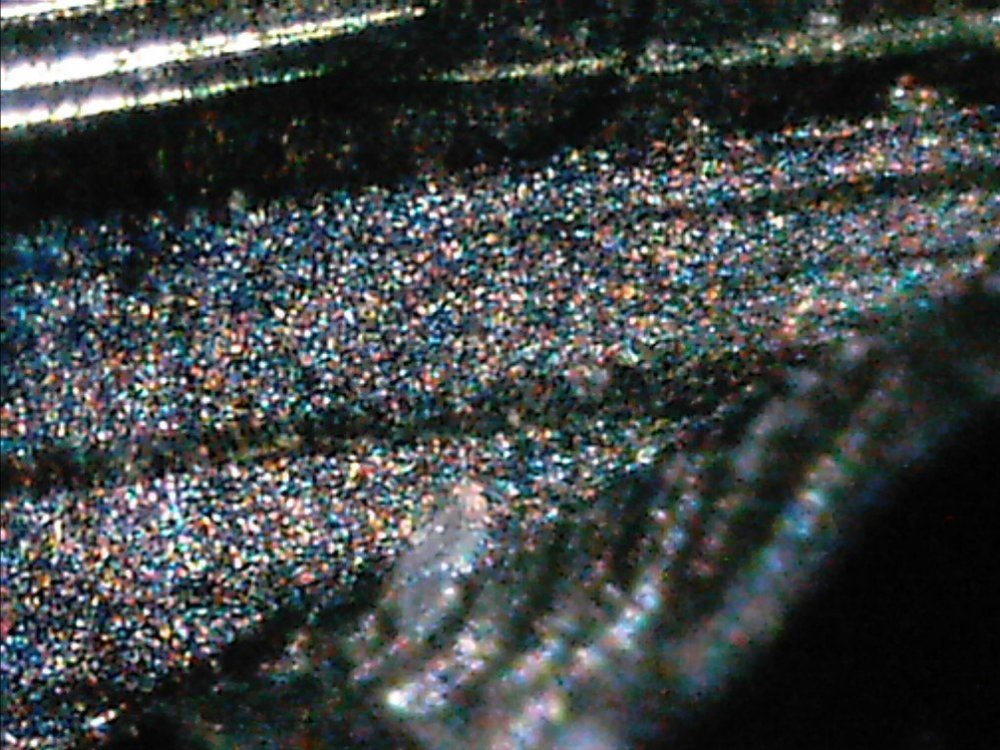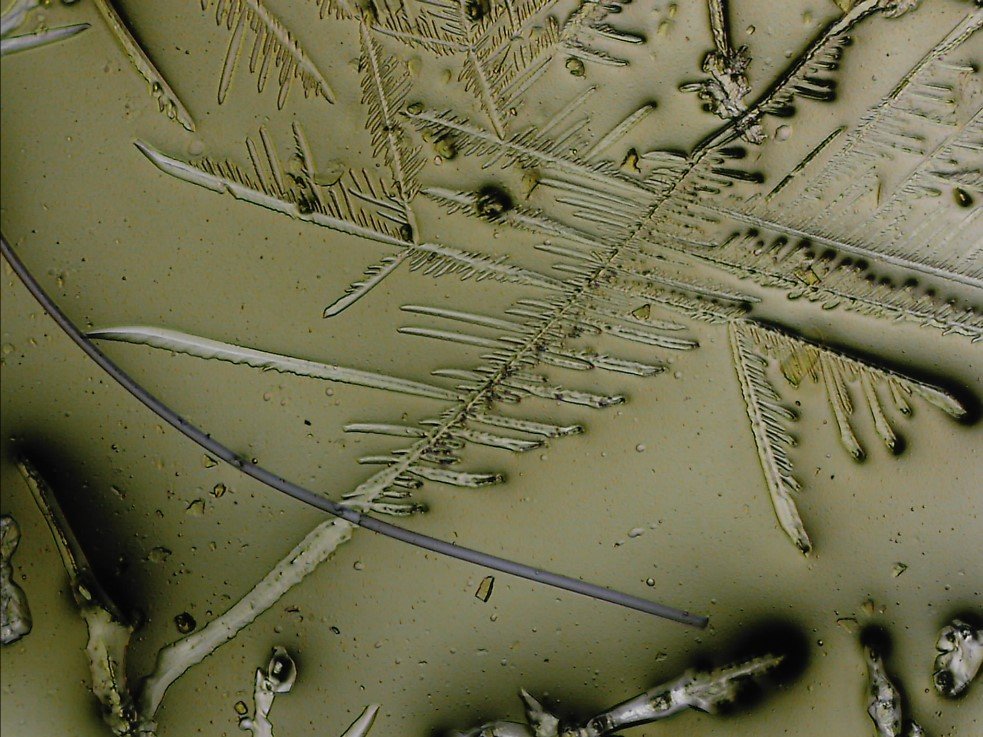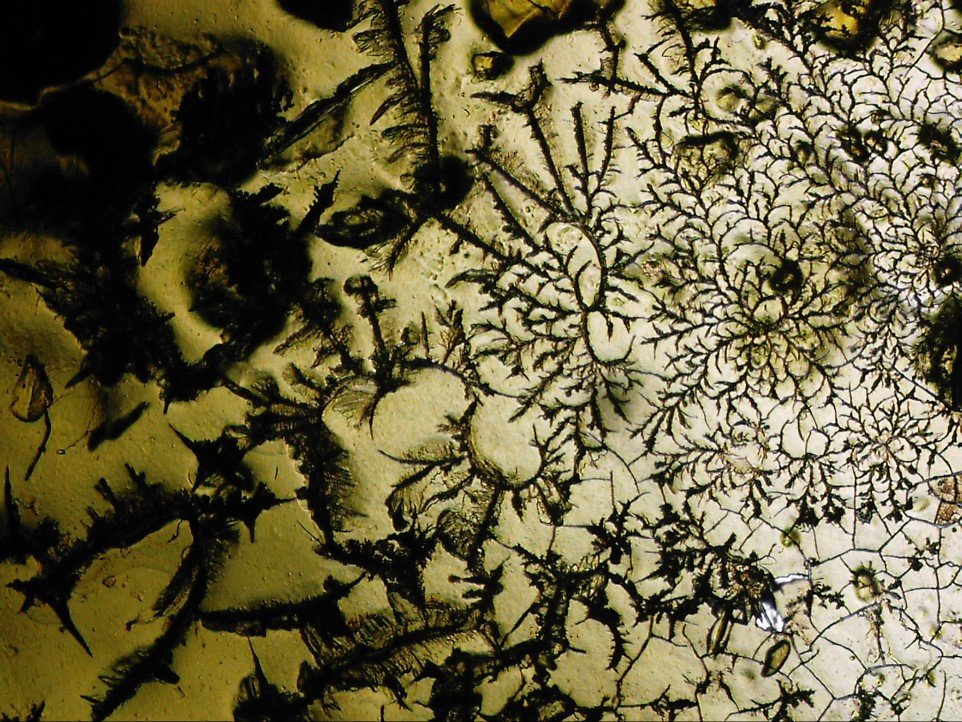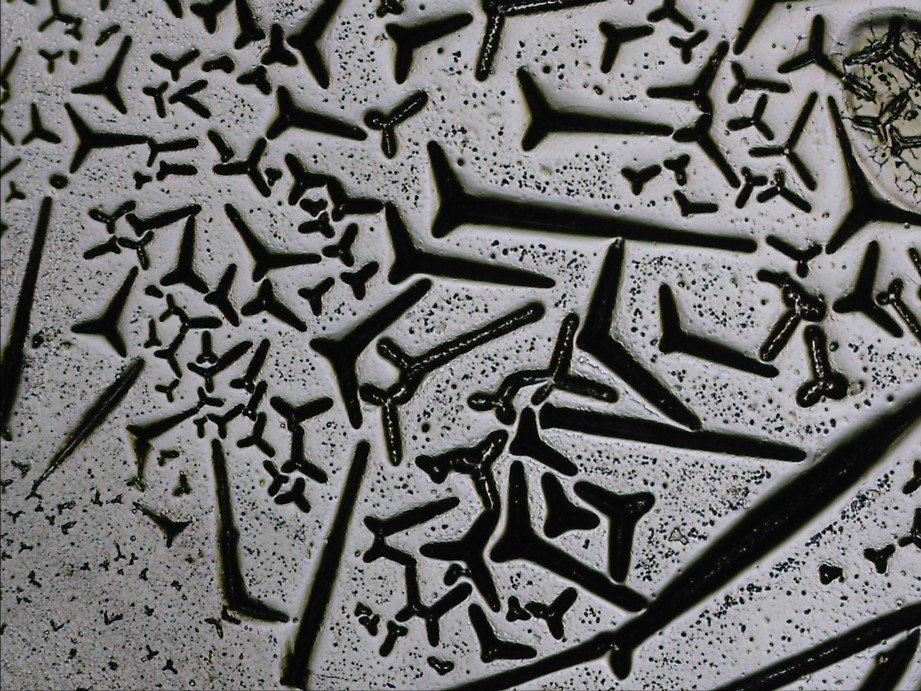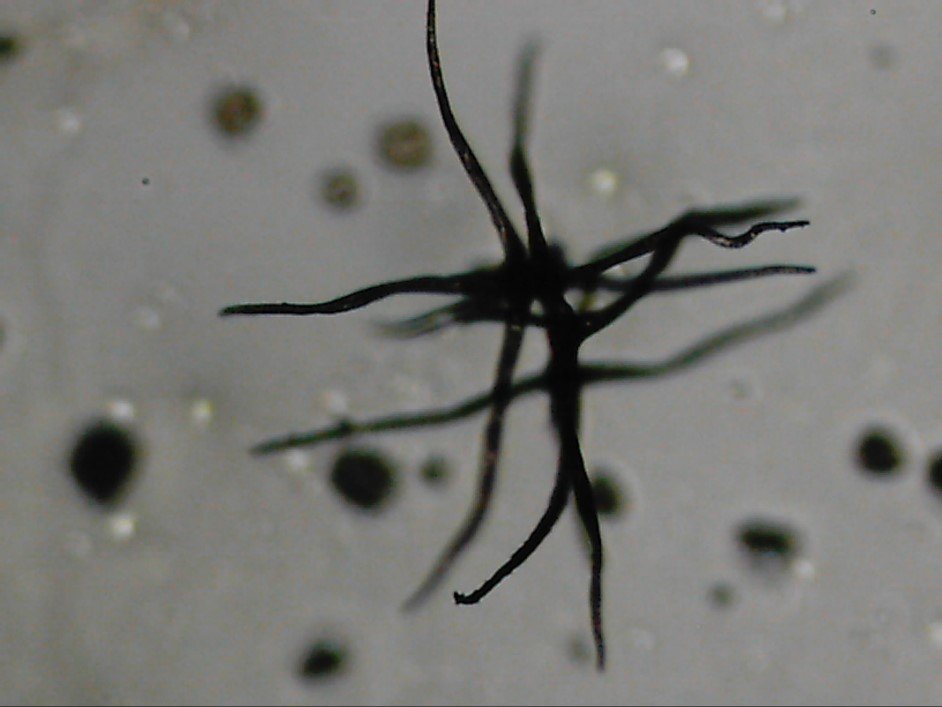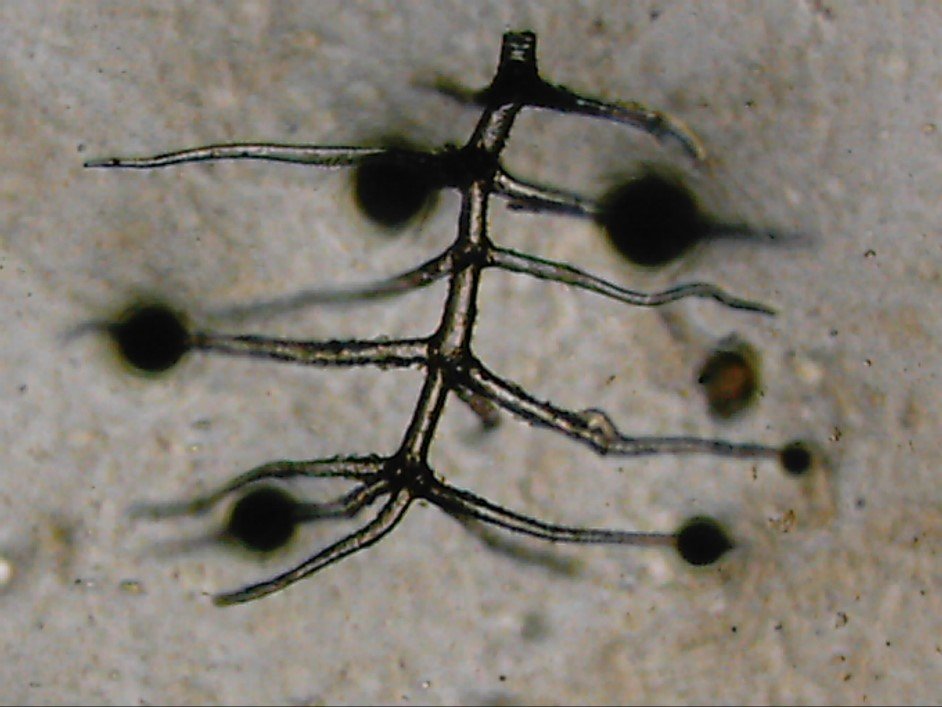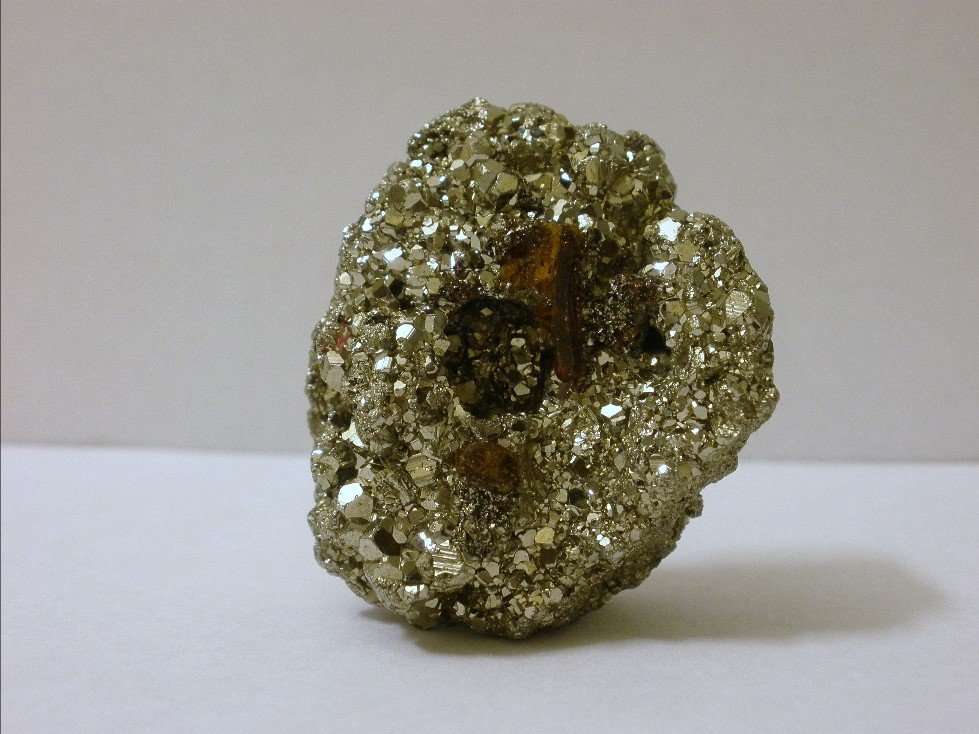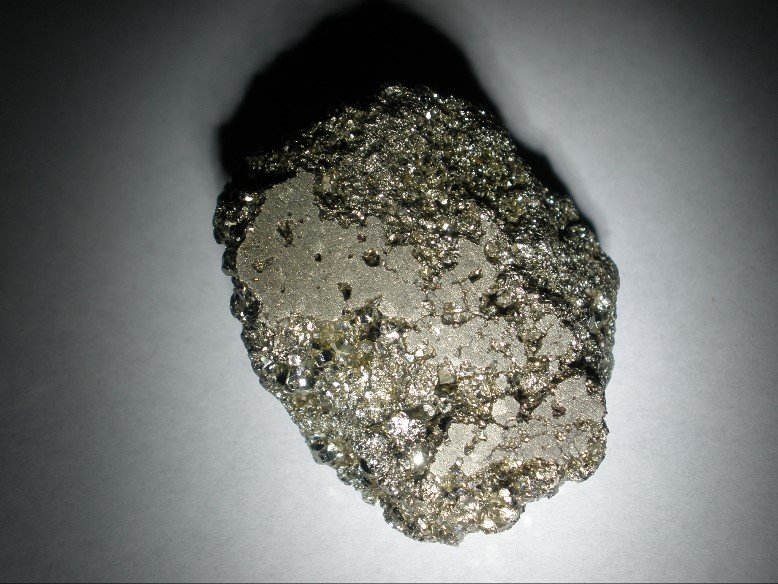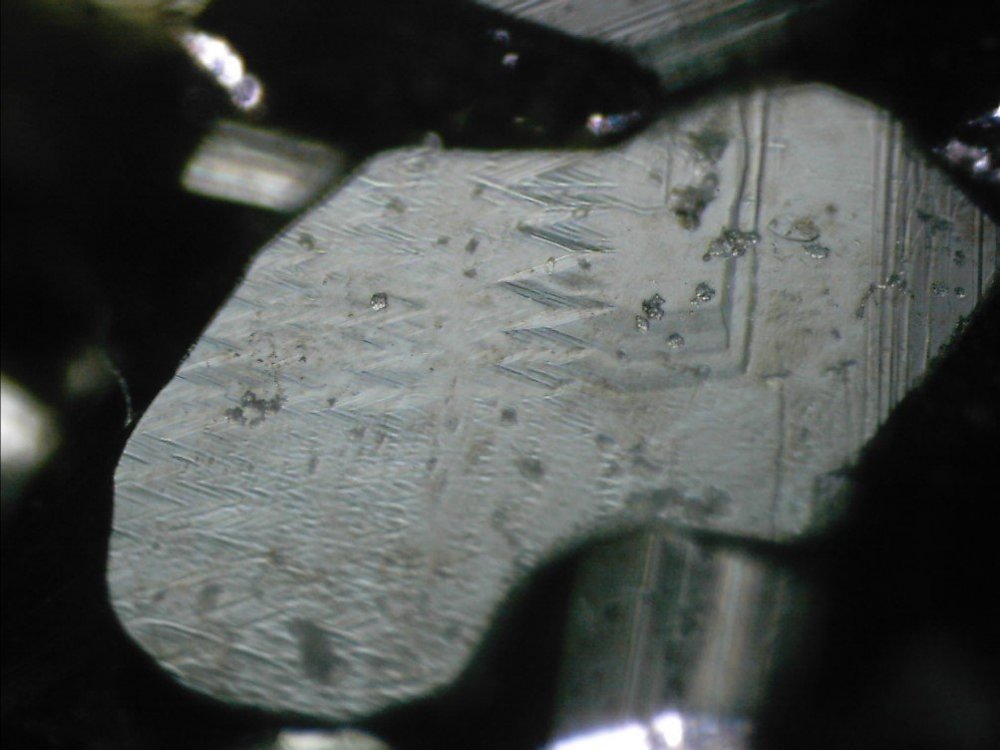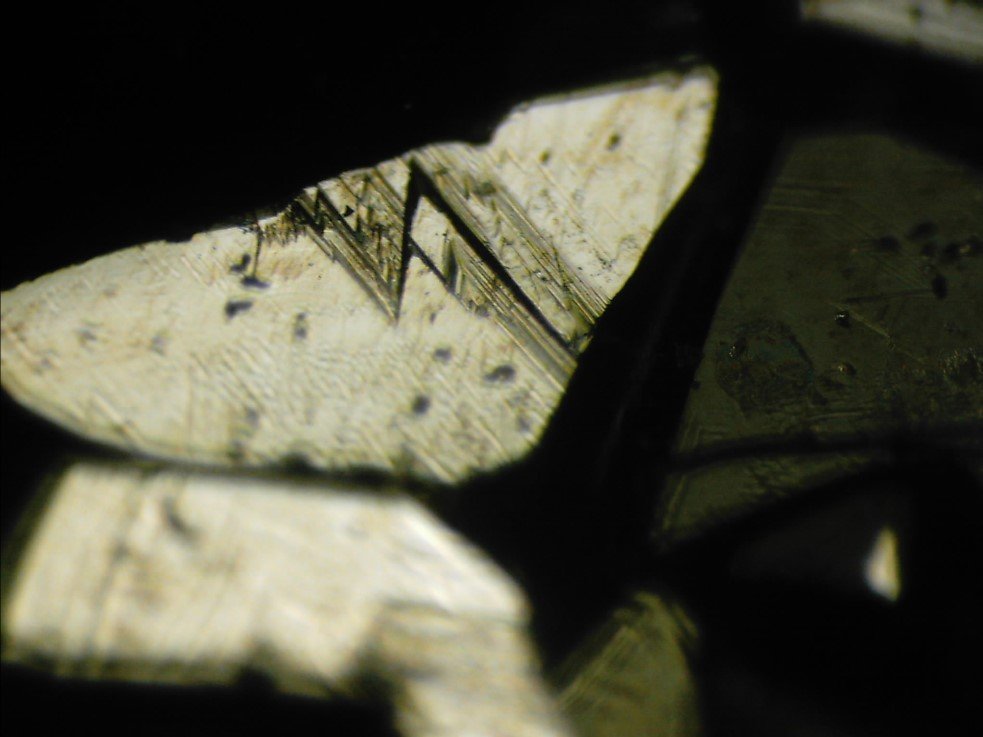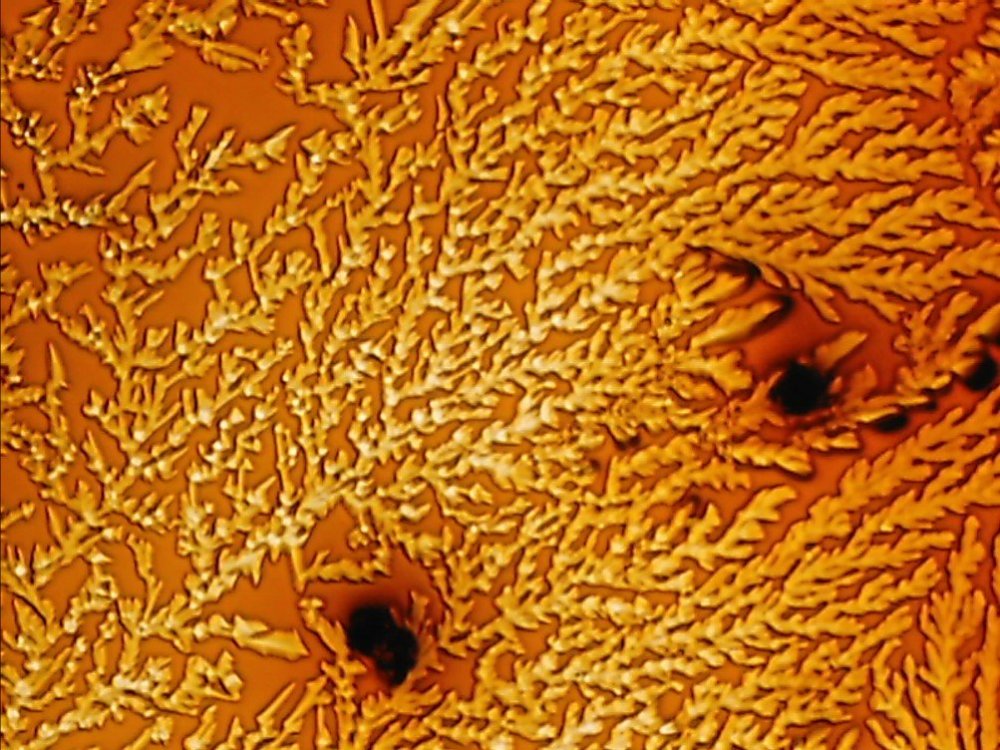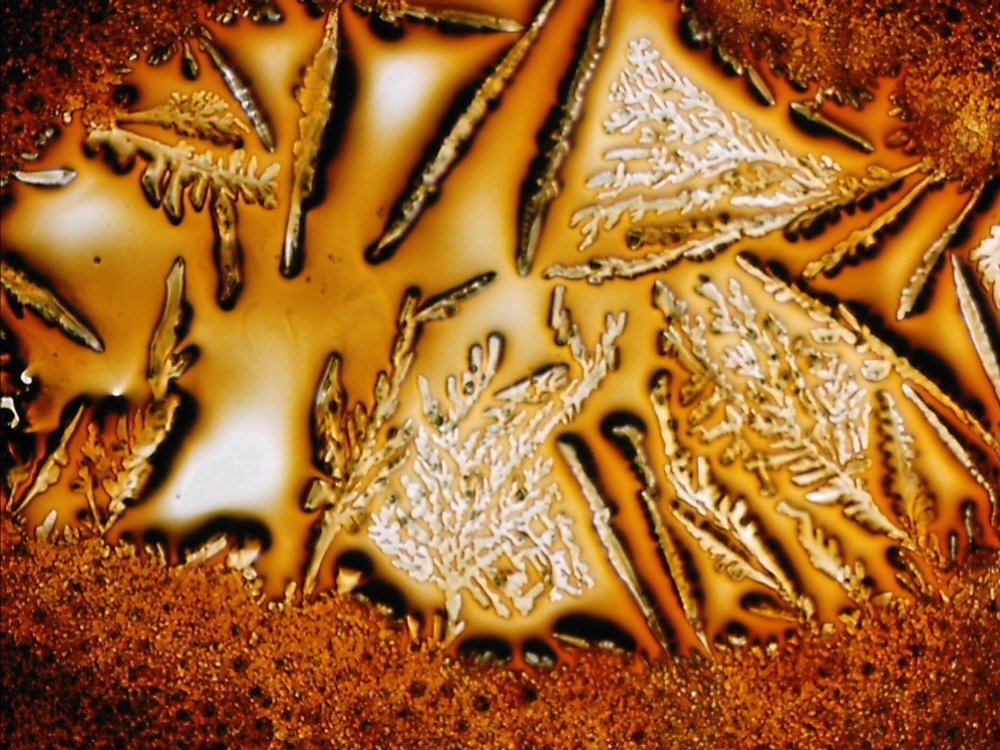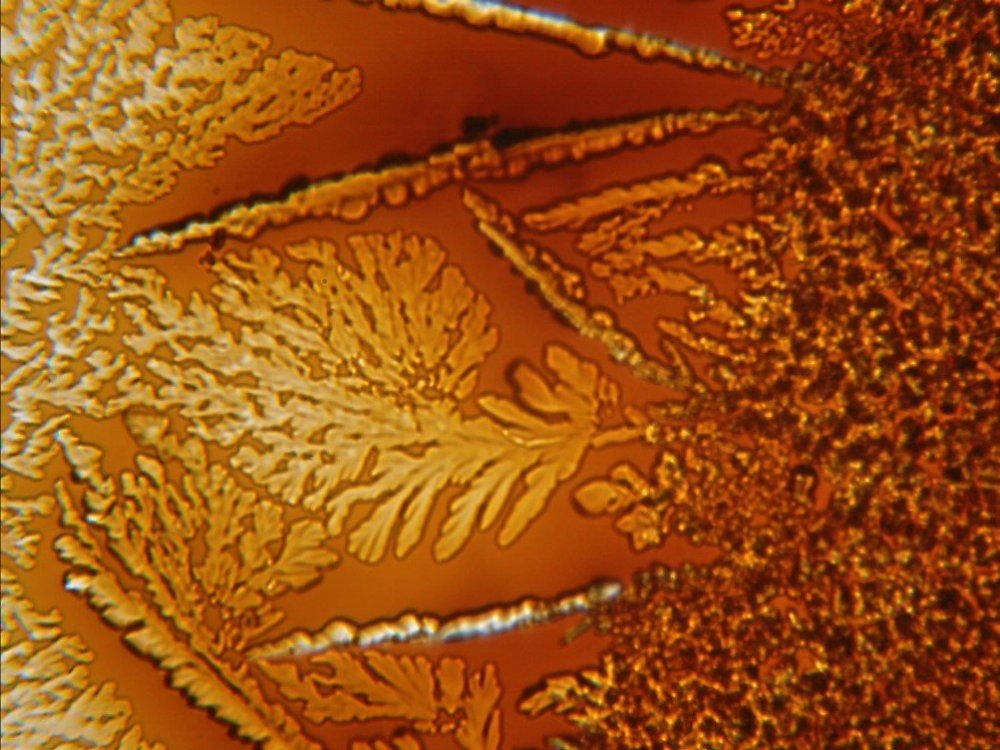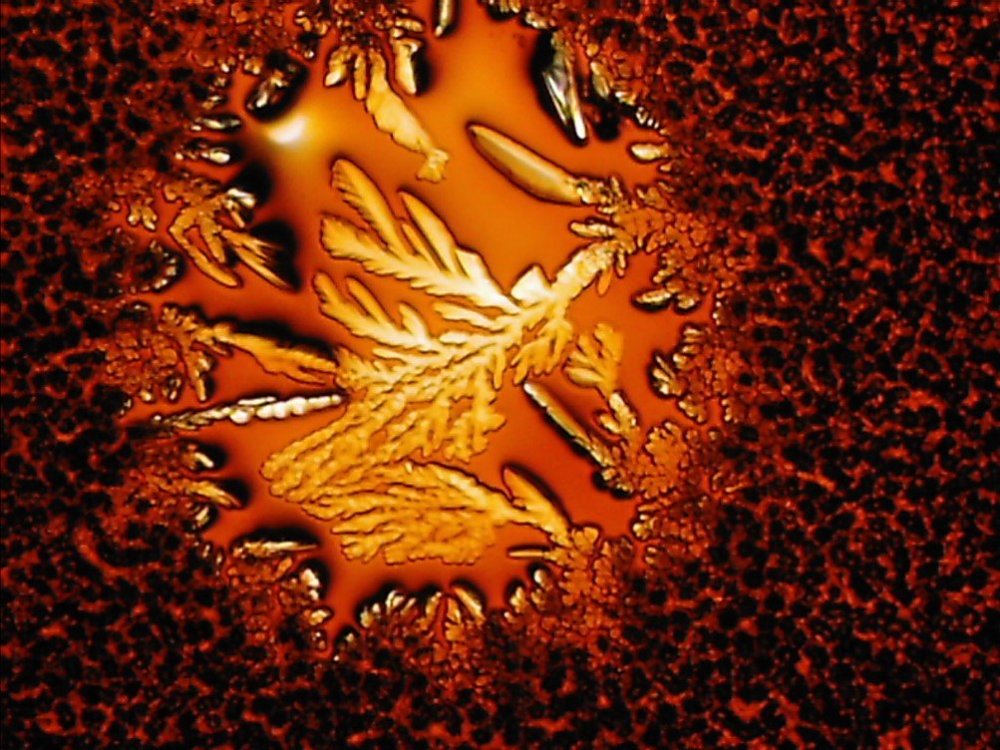

Kurious12
Senior Members-
Posts
37 -
Joined
-
Last visited
Profile Information
-
Favorite Area of Science
Nature
Recent Profile Visitors
The recent visitors block is disabled and is not being shown to other users.
Kurious12's Achievements

Quark (2/13)
2
Reputation
-

Is the universe really 13.7 billion years old?
Kurious12 replied to Kurious12's topic in Astronomy and Cosmology
I believe that there are about 10 seasons now and I've only seen about 8. Thanks for the very cool and interesting article, that really clears up a lot for me. -
Kurious12 started following Strange acid test results , who created god? , Is the universe really 13.7 billion years old? and 2 others
-
I don't have a clue, but I do know who created War and Hell.
-
Most of the specimen are too small to hold and rotate but what I have done is to take a bright light and moved it around to see what happens, the colors don't change, they just go from bright to dim, like in the last two photos below. I have from time to time come across crystals that do appear to have an iridescence spot on them, the texture appears smooth whereas the texture of most of the colors in question appear grainy. The USGS said that there is also a very high amount of aluminum detected in this stone, I'm not sure if that could have anything to do with any of this but when I looked at a piece of aluminum up close, I do see the colors and texture that I see in the photos. I don't have a clue as to where I found this stone, it's just something that I picked up during my travels in the U.S. Navy, my best guess would be somewhere in California.
-
Yes, this is all about the same pyrite specimen. I had taken several close-up photos under different lighting and would keep seeing lots of different colors. A few years back someone had me contact a Geochemist that has collected and studied pyrite from all over the world, he was a bit stunned by a lot of what I showed him, said that he had never seen anything like this pyrite. There were several metallic elements detected in this pyrite, I was told it could be anyone of them causing the colors, because iridium was detected at such a high level and known for its colorful compounds, I was told that I should start my research with iridium and work out from there. People kept recommending electronic scans but every scan I had done created more questions than answers. The last photo below is an actual xrf analysis that was done on this pyrite, everyone said that this could not be correct, so they calibrated the instrument and still got pretty much the same results. Thanks for all of the good articles, I've learned a great deal on here.
-

Is the universe really 13.7 billion years old?
Kurious12 replied to Kurious12's topic in Astronomy and Cosmology
You're right, it wasn't an exploding star that they were talking about, was watching a documentary called "The Universe" and they were talking about the farthest light detected by Hubble which was a galaxy about 13 billion light years away from earth, the scientist were saying that 13.7 is just the limit of what our technology can see. In a documentary called "How the Universe Works", they were talking about how the standard candle technique that they use to measure the distant of galaxies and the expansion of space may not be as accurate as thought before. I'm sure that there's much more that went into coming up with that number but I was curious as to how all of this would affect the number 13.7 billion years old. -
It is said that the universe is 13.7 billion years old because we have seen light from an exploding star that took place 13.7 billion light years from earth, and it is also said that 13.7 billion years ago the universe was smaller than an atom, so how on earth could anything have been 13.7 billion light years apart? Some scientist say that 13.7 billion light years is the limit of what our technology can see and interpret and that we don't really know the true age of the universe. Isn't giving the universe an age based on the limit of our technology the same thing as standing on a beach back in 1300 AD, looking out on the horizon and saying the earth is flat because that's all we can see?
-
I was trying to make sense of what I was seeing in the photos below, I kept seeing these colors in several of the closeup photos that were taken of crystals. No one could say for sure what was causing this, a high level of iridium was detected in this stone so I was told maybe what I was seeing was being caused by the colorful salts of the iridium in the stone. I can't find anything on colorful salts of iridium, the best info I've come across about colorful salts in minerals is what I've been given on here, so thanks.
-

Are these patterns common for pyrite crystals?
Kurious12 replied to Kurious12's topic in Earth Science
serhoflagos: thanks for the links, every bit helps. -
Thanks guys, this helps a lot. I was just trying to find something that might help to explain the colorful salts of iridium.
-
Anyone have a clue as to how many minerals have colorful salts? The only one that I can find is iridium and if I google colorful salts, all I get is photos or articles about salt that has been dyed different colors.
-
Sounds like a heck of good ideal to me, create new jobs and fresh water too, win, win!
-
Yeah, they are pretty, thanks. I had a lady try to buy some of these photos, she wanted to have posters made for her son's room, I ended up giving her about 20 photos. In the photos below, like above, I just crushed a small amount of pyrite and instead of placing it in an oven, I just let it run its course in a bowl at room temperature and 2 days later this is what was seen on the slide. Those structures in photos 4&5 have been found inside of crystals that I have crushed, I have no ideas as to what these things are, I agree, they look like tiny plants but why would an organic precipitate out of a pyrite acid solution? I don't want to sit here and waste space and time with a host of odd photos so this will be the last but hopefully this helps to show how strange this pyrite is, and I can assure you that it gets much stranger than this.
-

Are these patterns common for pyrite crystals?
Kurious12 replied to Kurious12's topic in Earth Science
Both crystals come from the sample in the photos below. When I first came across this stone, I thought that maybe it was sperrylite because of the odd shaped crystals in the matrix but an xrd, Raman and edx analysis all determined that it is indeed pyrite. If you can zoom in, you will notice that all of the crystals appear have different shapes. I was trying to figure out what these patterns were and see if maybe they could help explain anything about the pyrite. The crystals are extremely small, this entire stone is only about 2 inches long so most of the crystals would be measured in millimeters. -
I've researched pyrite and it says that the faces may be striated. I can't find anything that talks about the patterns I'm seeing here, anyone have any ideal as to what these are and are they common?
-
I'm no scientist but what you're saying does appear to agree with what I was seeing, and I do think that you're on to something with the dendrites, I have seen them in a number of tests. In the photos below, I crushed a small amount of the pyrite, placed it on a slide and added two drops of HCI and then placed the slide in a warm oven for about ten minutes. I also did the same test but did not place it in an oven and also got loads of dendrite crystals. I have done this same test with other pyrite, and I get nothing close to these results at all.

